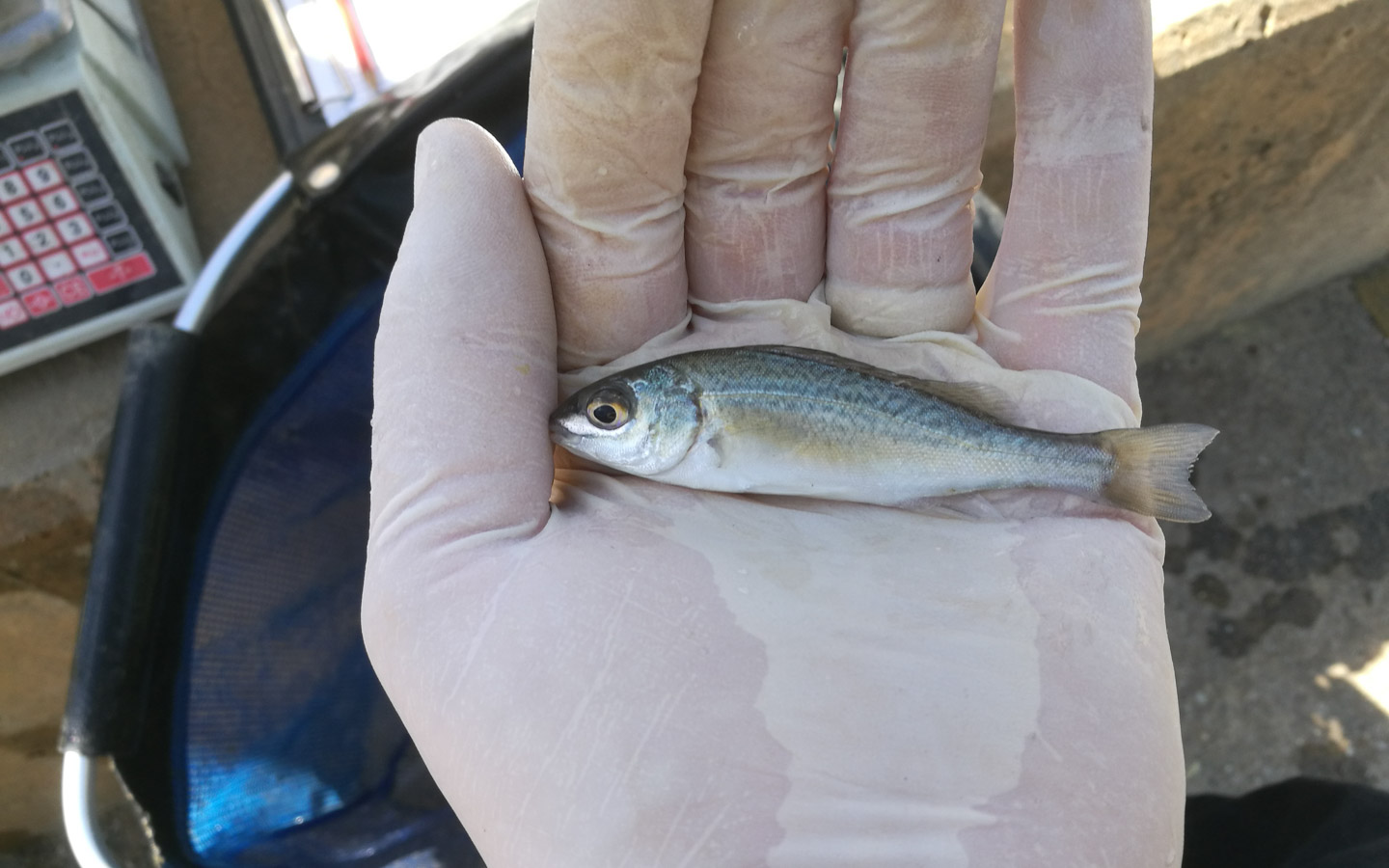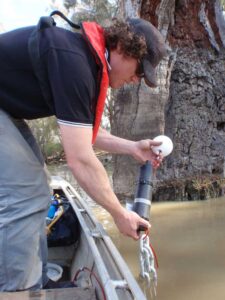
Understanding Migration of Threatened Silver Perch in Australia
Silver perch populations in Australia have suffered substantial declines over the last century particularly between 1940 and 1990. In 2017, researchers at the Arthur Rylah Institute for Environmental Research began examining the timing and extent of silver perch migration in the mid-Murray River and its tributaries, as well as identifying environmental variables associated with movement.
Challenge
Population viability of silver perch depends on large-scale movements at different times to access specific habitats for growth, reproduction and safety. To comprehensively determine their range and habitat use, researchers needed to track individuals from all stages of the life cycle, from tiny juveniles to fully grown adults. Previously, the acoustic telemetry tags used to monitor fish movement were too large to be implanted in younger, smaller fish.
Solution
To meet this c hallenge, the research team turned to Innovasea, which has shrunk the size of its transmitters by developing new systems that use different frequencies. Now smaller than a Tic Tac, Innovasea’s transmitters have given researchers the ability to tag a wider range of animal sizes across more demanding environments.
hallenge, the research team turned to Innovasea, which has shrunk the size of its transmitters by developing new systems that use different frequencies. Now smaller than a Tic Tac, Innovasea’s transmitters have given researchers the ability to tag a wider range of animal sizes across more demanding environments.
Researchers deployed Innovasea’s 69 kHz and 180 kHz systems in the study in southeastern Australia, which included the mid-Murray River, three of its tributaries, a large anabranch and other floodplain habitats within the Barmah-Millewa Forest. Water flow within these systems is highly regulated by dams, weirs and floodplain regulating structures, reducing winter-spring flows, decreasing flood magnitude and reversing the natural seasonal flow pattern.
Result
Research data from Innovasea’s transmitters revealed that silver perch travel long distances – up to hundreds of kilometers – and through multiple habitats. This emphasizes the importance of connectivity for maintaining populations of riverine fish.
Movements were also associated with flow patterns, such as small to moderate mainstem discharge increases and elevated tributary discharge. The relationship between silver perch movement and river discharge underscores the susceptibility of the species to river regulation, which has previously been implicated in its decline.
“We learned that few self-sustaining silver perch populations remain in the Murray–Darling Basin tributaries,” said Wayne Koster, senior scientist at the Arthur Rylah Institute for Environmental Research. “This research suggests that restoring important suitable flow conditions for colonization, along with improving fish passage, will be important in recovering these populations.”

Want to learn more?
Contact Innovasea today to find out how our fish tracking experts can help with your next project.
